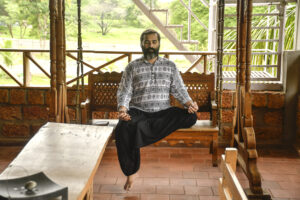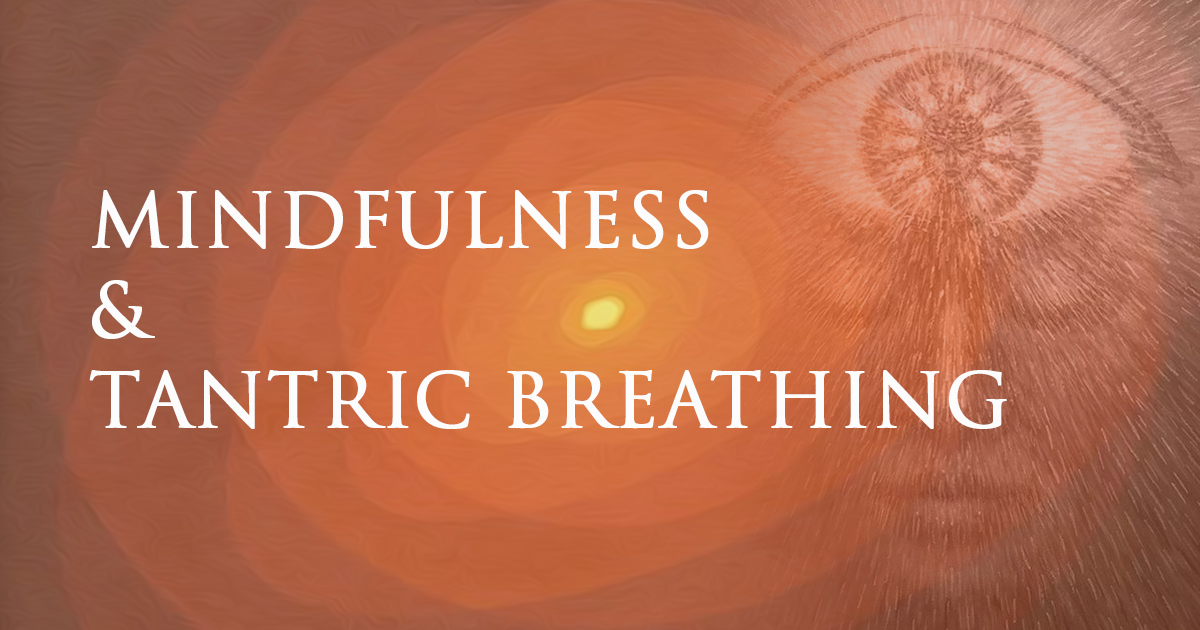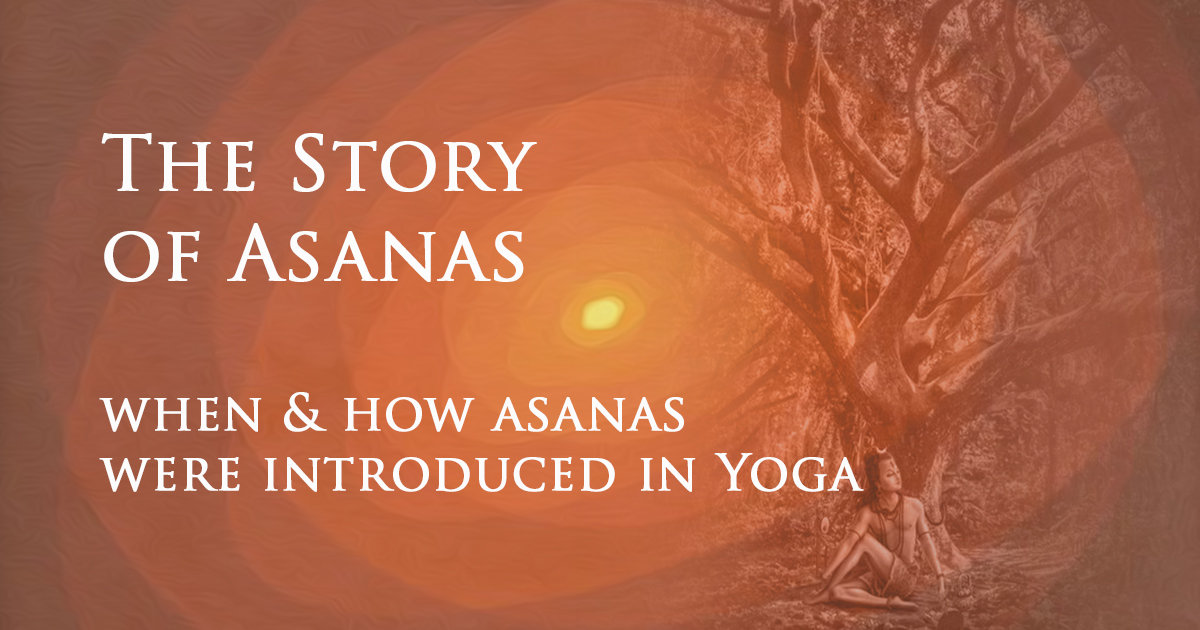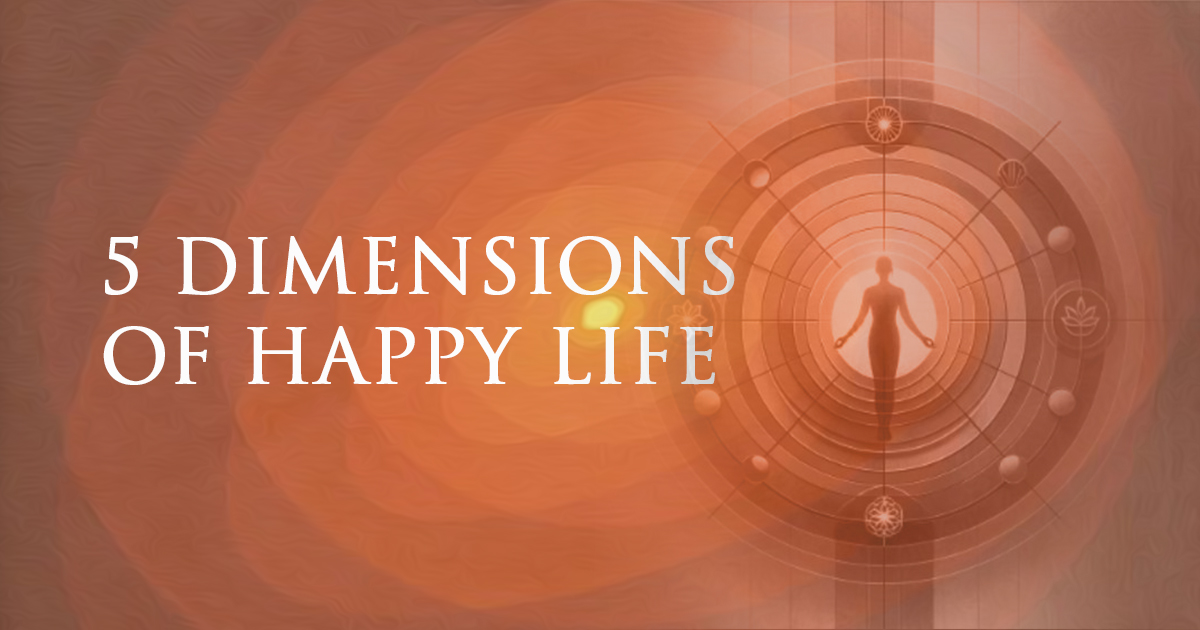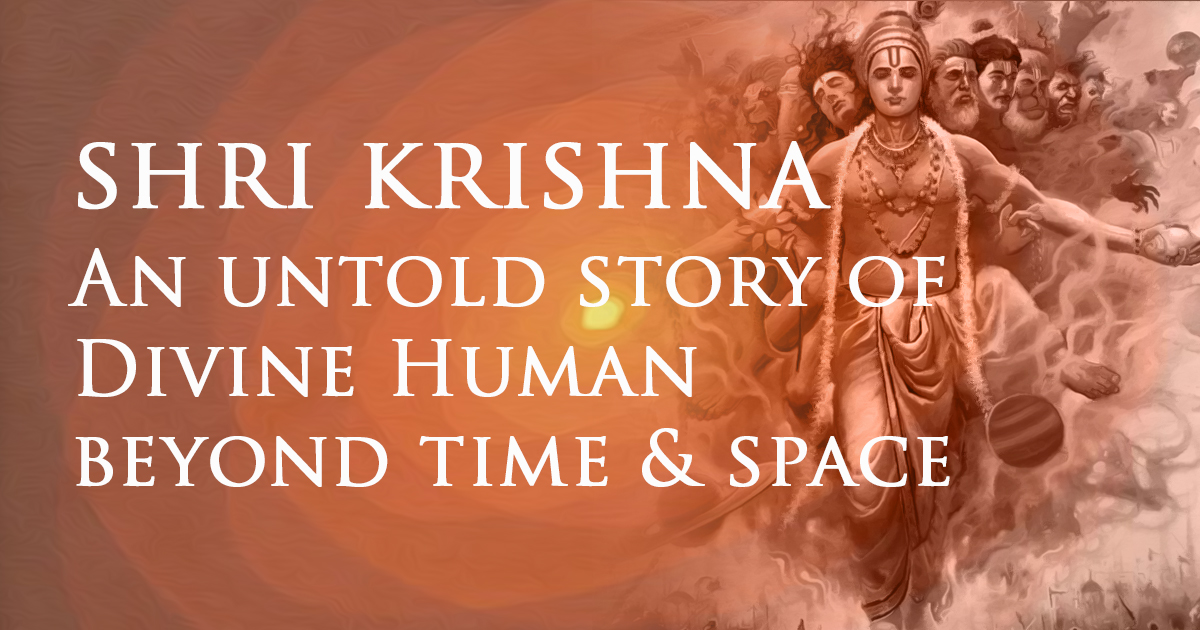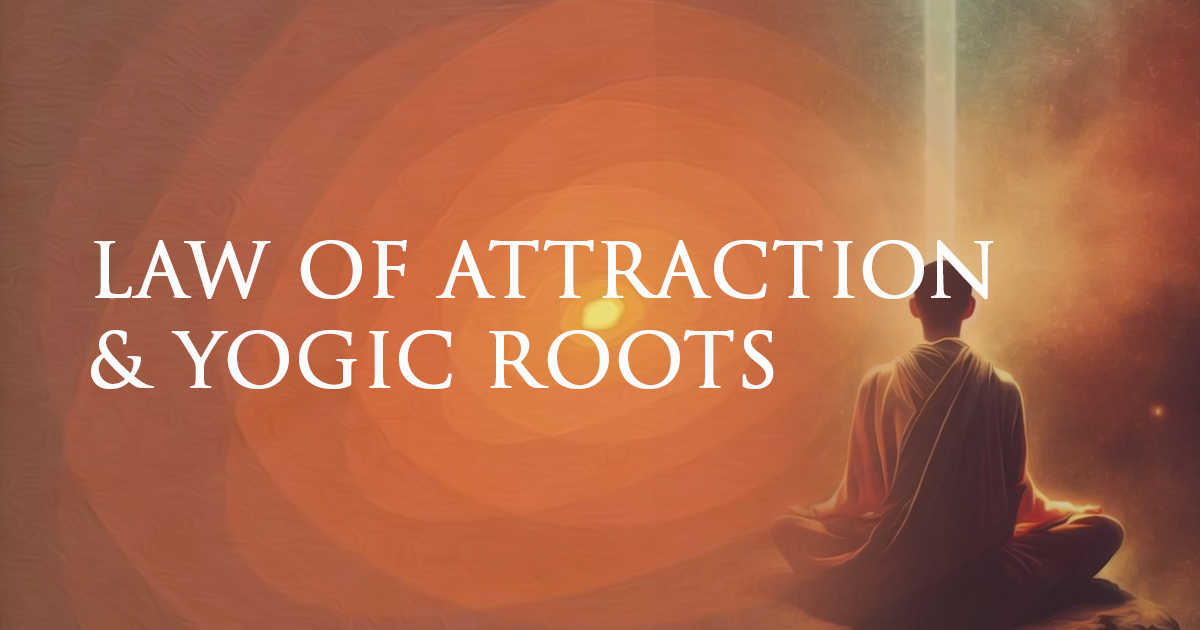Content of this Blog
In today’s fast-paced and often stressful world, the combined approach of Vedanta and Yoga offers a balanced path to inner peace and fulfillment. Vedanta’s emphasis on self-inquiry and wisdom can help individuals find meaning and purpose, while Yoga’s physical and mental practices provide tools for managing stress and maintaining well-being.
Adi Shankaracharya, a key figure in the Advaita Vedanta tradition, also emphasized the importance of yoga practices. This historical blending further supports the view that these traditions are interconnected and very much relevant for the modern mind.
Vedanta Yoga, a profound and comprehensive philosophical system followed at Samyut Yoga, draws its wisdom from several ancient and revered texts. These texts offer insights into the nature of reality, the self-transformation and the path to spiritual liberation.
In this article, we delve into five important texts of Vedanta Yoga: The Kathopanishad, The Bhagavad Gita with Shankaracharya’s commentary, Patanjali’s Yoga Sutra, the Hatha Yoga Pradipika, and The Yoga Vasistha.
Yoga of Kathopanishad
“Taam yogam iti manyante sthiram indriya dharanam” 2.3.11
That state of mind which is devoid of the unnecessary sensory disturbances and is capable of directing the sensory activities towards specific aspects of life is called yoga.
The Kathopanishad emphasis on self-knowledge and the ultimate reality forms a cornerstone of Vedantic thought. Its teachings inspire practitioners to channelize their life habits and seek a deeper understanding of their true nature and the world around them.
Yoga of Bhagavad Gita:
Bhagavad Gita with its strong foundation on the Vedic wisdom, emphasizes on a 3-dimensional approach towards yoga. ‘Trimarga’ or the 3 different paths suggested by Shri Krishna to Arjuna is absolutely relevant for the Modern Mind to choose his or her guiding principles of life from.
Jnana Yoga:
It Is the path that elaborates the details of acquiring the ultimate wisdom of self and truth as the guiding principle of life.
Bhakti Yoga:
It Is the path that elaborates the details of utmost surrender and sincere devotion to the divine and letting the divine force to lead the show of life.
Karma Yoga:
It Is the path that elaborates the details of perfect actions and the secrets of how to cope with the pains and pleasures of life.
Yoga of Patanjali: Raja Yoga
Patanjali’s Yoga Sutra is a seminal text in the philosophy and practice of yoga. Comprising 196 aphorisms, Patanjali says Life can be yoga if you know how to stop the mental afflictions from disturbing the Chitta (Seat of Consciousness) He Prescribes many techniques to experience a yogic life and among them, 3 are hierarchical and one can choose his way of practicing Patanjali’s Yoga.
Advanced Option: The Path of Rejection
“Abhyasa Vairagyabhyam Tannirodah”
By an undisturbed commitment to eliminate all the mental afflictions from the seat of consciousness and by giving up all that can keep you away from this commitment is the most difficult option that a modern mind can choose.
Intermediate Option: The Path of Surrender
“Eshwara Pranidhanaat Va”
By letting the entity which is beyond the limitations of mental afflictions and karma guide the actions of life. In other words, it is to seek guidance from the ‘ultimate inner guru’.
Beginners Option:
“yama-niyama-asana-pranayama-pratyahara-dharana-Dhyana-samadayah Ashtau angani” (Ashtanga Yoga)
Those who cannot give up the existing commitments and those who do not have access to the inner guru can opt for the third option which is to follow the 8-dimensional approach to life.
Yoga of Swatmarama: Hatha Yoga Pradipika
Swami Swatmarama in the 15th century compiled the yogic wisdom of Hatha Tradition which is one of the most influential texts on Hatha Yoga. It systematically presents the physical and spiritual practices necessary to purify and prepare the body, mind and life for higher states of meditation.
The Hatha Yoga Pradipika bridges the gap between physical yoga practices and higher spiritual goals. Its teachings form the basis of many modern Hatha Yoga practices, emphasizing the importance of physical health in spiritual development.
Yoga of Valmiki: Yoga Vasishtham
“Manah prashamanopayah yogah ityabhidhiyate”
While answering the questions asked by Sri Rama to overcome depression, Sage Vasishtha replies Yoga is nothing but a skilful and wilful effort to keep the mind calm and undisturbed by external or internal factors. Yoga Vasistha also emphasizes mental discipline and self-knowledge that aligns closely with Yogic and Vedantic principles, providing valuable guidance for seekers.
The Conclusion
In conclusion, The Kathopanishad, Bhagavad Gita with Shankaracharya’s commentary, Patanjali’s Yoga Sutra, Hatha Yoga Pradipika, and Yoga Vasistha are five essential texts that form the foundation of Vedanta Yoga.
Each text offers unique perspectives and teachings, guiding practitioners on their wellbeing and spiritual journey. Whether through the path of knowledge, action, devotion, or physical discipline, these texts collectively illuminate the way to self-transformation and ultimate wisdom.


